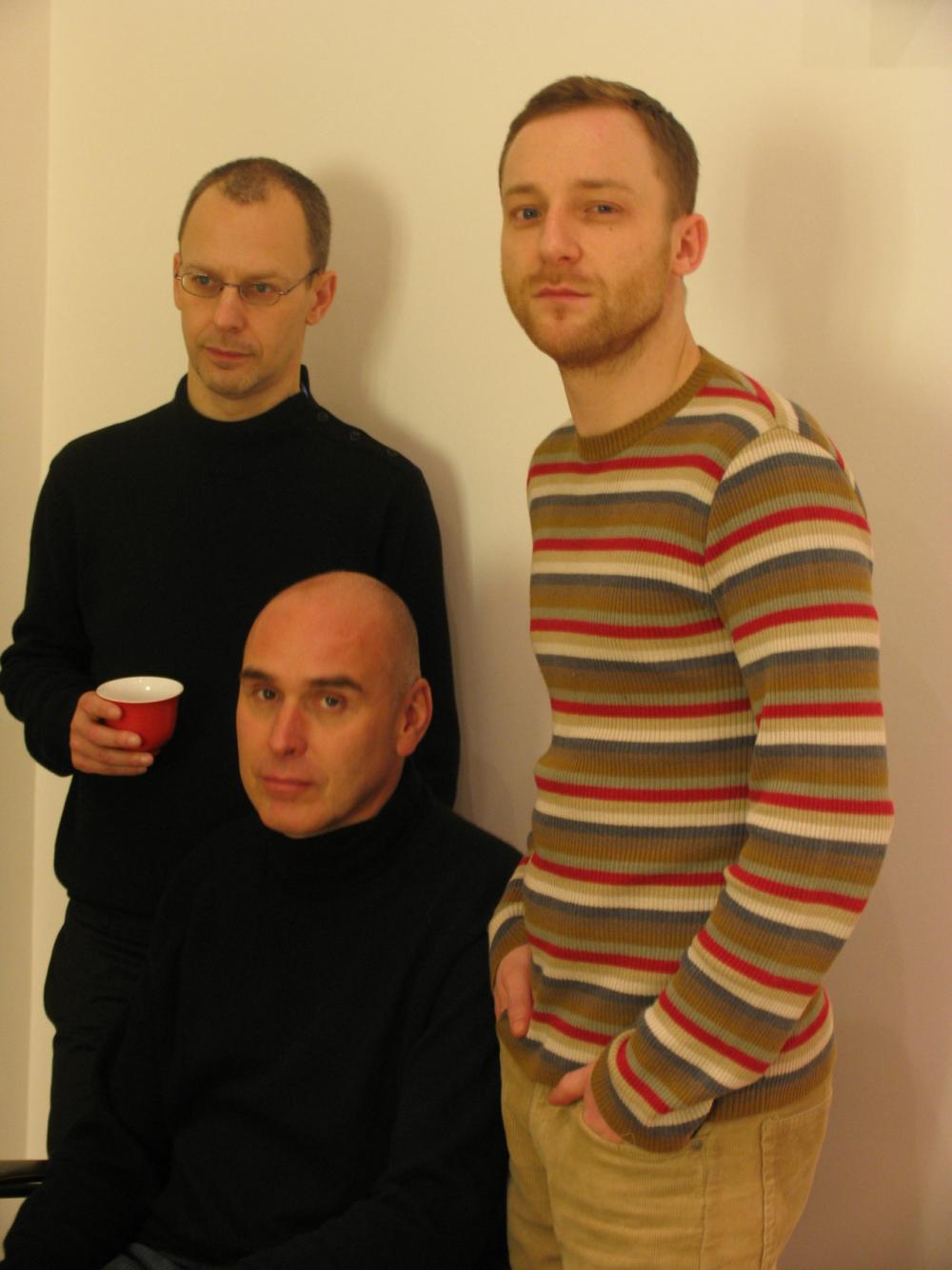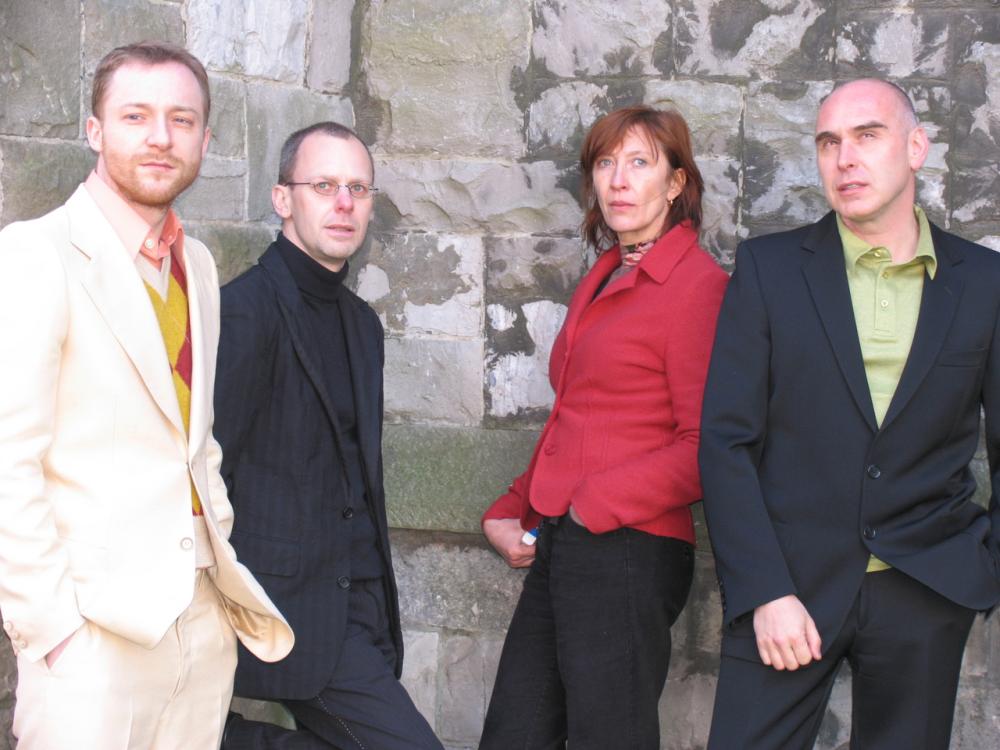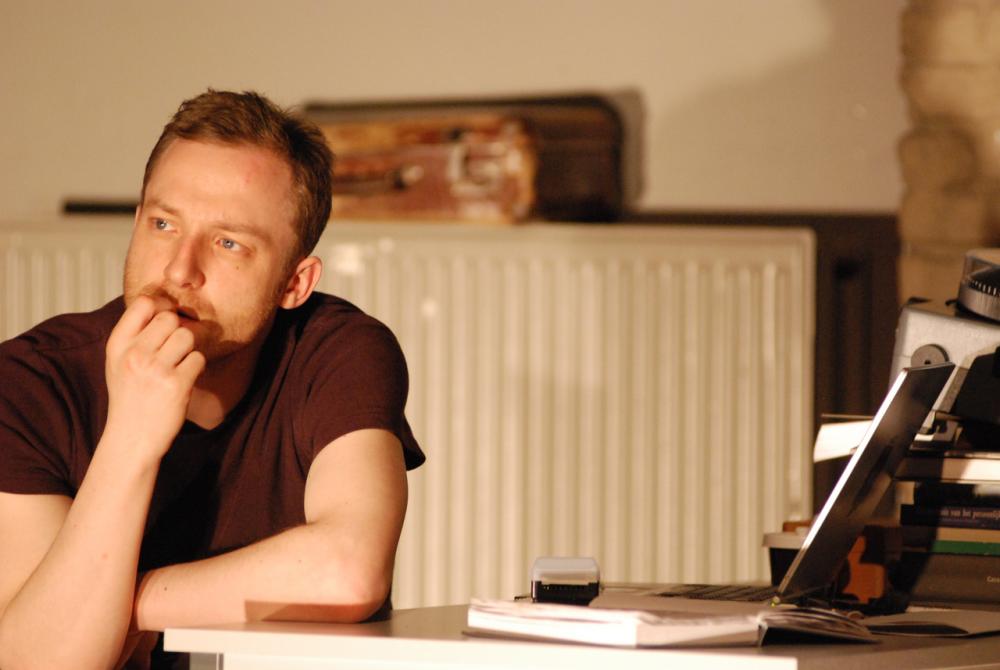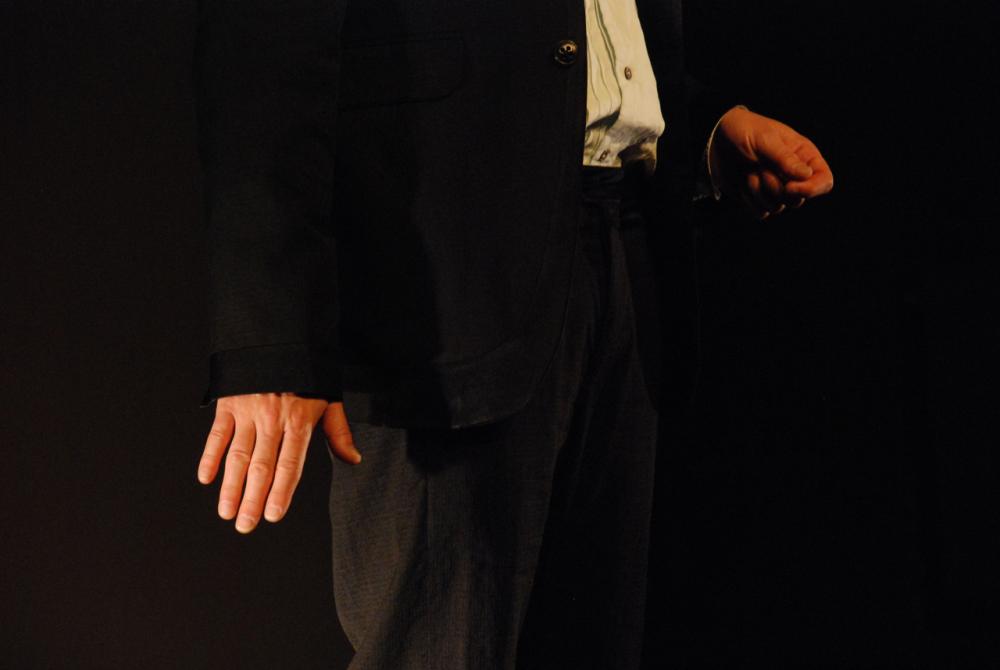De Executie van Maximiliaan
On the tragic fate of the Habsburgers, and art, politics and censorship
Last season the writer and director Rudi Meulemans and De Parade staged Starnberg, in which the central roles were the Austrian empress Sisi and King Ludwig II of Bavaria, and also their film ‘duplicates’, Romy Schneider and Helmut Berger.
With their new project, De executie van Maximiliaan, Rudi Meulemans and De Parade once again touch on an episode in European history associated with the tragic fate of the Habsburgers. On 19th June 1867 Maximilian, the brother of Emperor Franz Joseph of Austria and husband of the Belgian princess Charlotte, the daughter of Leopold I, died before a Mexican Juarista firing squad.
Napoleon III of France had installed Maximilian and Charlotte as emperor and empress of Mexico in 1864; it was an ill-considered plan aimed at making Mexico a European colony. Less than three years later Napoleon III withdrew French support; the rulers of Belgium and Austria also abandoned the sinking ship.
Maximilian was executed and Charlotte – who was in Europe to seek help from various people including the pope – was declared insane and incarcerated.
The starting point of the performance is the extraordinary painting by the French Impressionist Eduard Manet depicting this execution. Manet died on 30th April 1883: when his friend Edmond Bazire went to Manet’s studio after his death he saw the painting hanging on the wall. On the floor he found two painted versions as well as an oil sketch and lithography on the same subject. Manet was unable to exhibit these works during his lifetime as it was a forbidden subject.
In De executie van Maximiliaan Rudi Meulemans focuses on Manet’s painting, on the reasons why this work was not allowed to be exhibited and on the sad fate of Charlotte and Maximilian: it is a production about art, politics and censorship.
Texte & mise en scène Rudi Meulemans
Avec Tom de Hoog, Johan Heestermans
Dramaturgie Marianne van Kerkhoven
Stage dramaturgie Sarah De Boeck, Fanne Boland
Lumière Arne Lievens
Création graphique Griet Dekoninck
Assistante de production Josée Lehon
Production De Parade
En collaboration avec Kaaitheater
Avec le soutien de Gouvernement Flamand, Commission de la Communauté Flamande, Vlaams Fonds voor de Letteren





